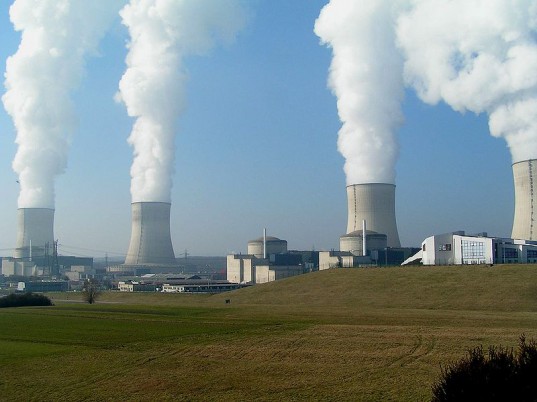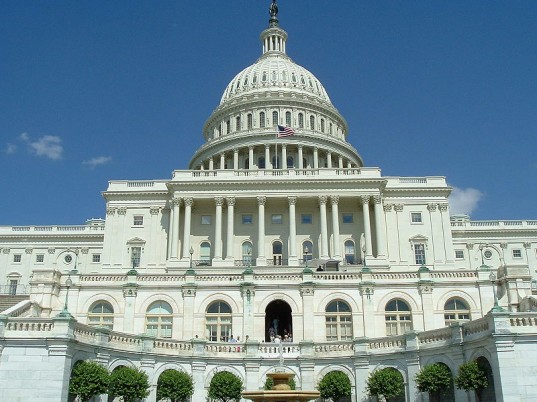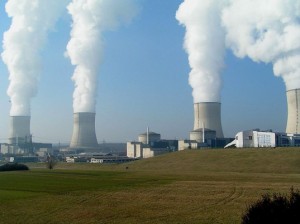A magnitude 5.9 earthquake just hit Mineral, VA, sending shockwaves up and down the East Coast of the United States that evacuated the Capital Building, the White House, and the Pentagon in Washington, D.C. With Japan’s Fukushima Daiichi earthquake, tsunami and ensuing nuclear disaster still fresh in our memory — and still sending radiation through that country — everyone is wondering how this latest tremor will affect nuclear power plants in the Mineral, VA area. The answer, as of now, is not much — but there are six nuclear reactors within 150 miles of the earthquake’s epicenter, and a recent report by the US Nuclear Regulatory Commission says that we’re not properly prepared for a disaster.

The earthquake shook not only the nation’s capital but reached as far north as Boston, rocking New York City along the way. The East Coast corridor is the most densely populated area in the US with about 50 million people living there. “It’s one of the largest that we’ve had there,” U.S. Geological Survey seismologist Lucy Jones told CNN after the quake. She noted that aftershocks would probably follow. “People should be expecting (them), especially over the next hour or two.”
With the earthquake now appearing to have passed, it shines a brighter light on our lack of preparedness for a earthquake-initiated nuclear disaster. As this map shows the East Coast of the United States has many nuclear power plants. A government task force, commissioned by the US Nuclear Regulatory Commission, just deemed many of these to be unsafe in the event of a Fukushima-like situation.

The group found that currently, we are in no shape to handle such an event, but a disaster could be prevented on our country’s soil if new regulations are written and followed. In addition to recommending the strengthening of safety measures that should already be in place, the task force has pointed out the necessity for designing better water flow systems, operational vents for hydrogen release and plans for simultaneous problems at adjacent reactors. With a fault line running right under New York City and the Indian Point Nuclear Power plant — and other reactors — within an arm’s length of that major metropolitan area, we better start jumping on getting the proper regulations in order.

 Follow
Follow